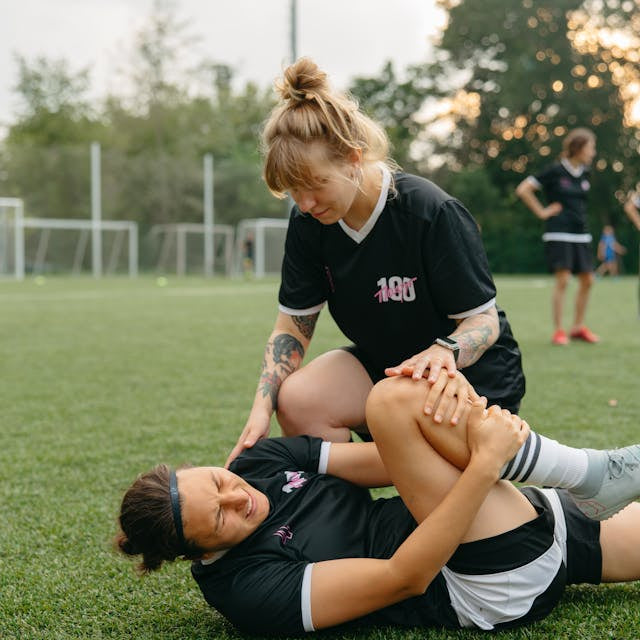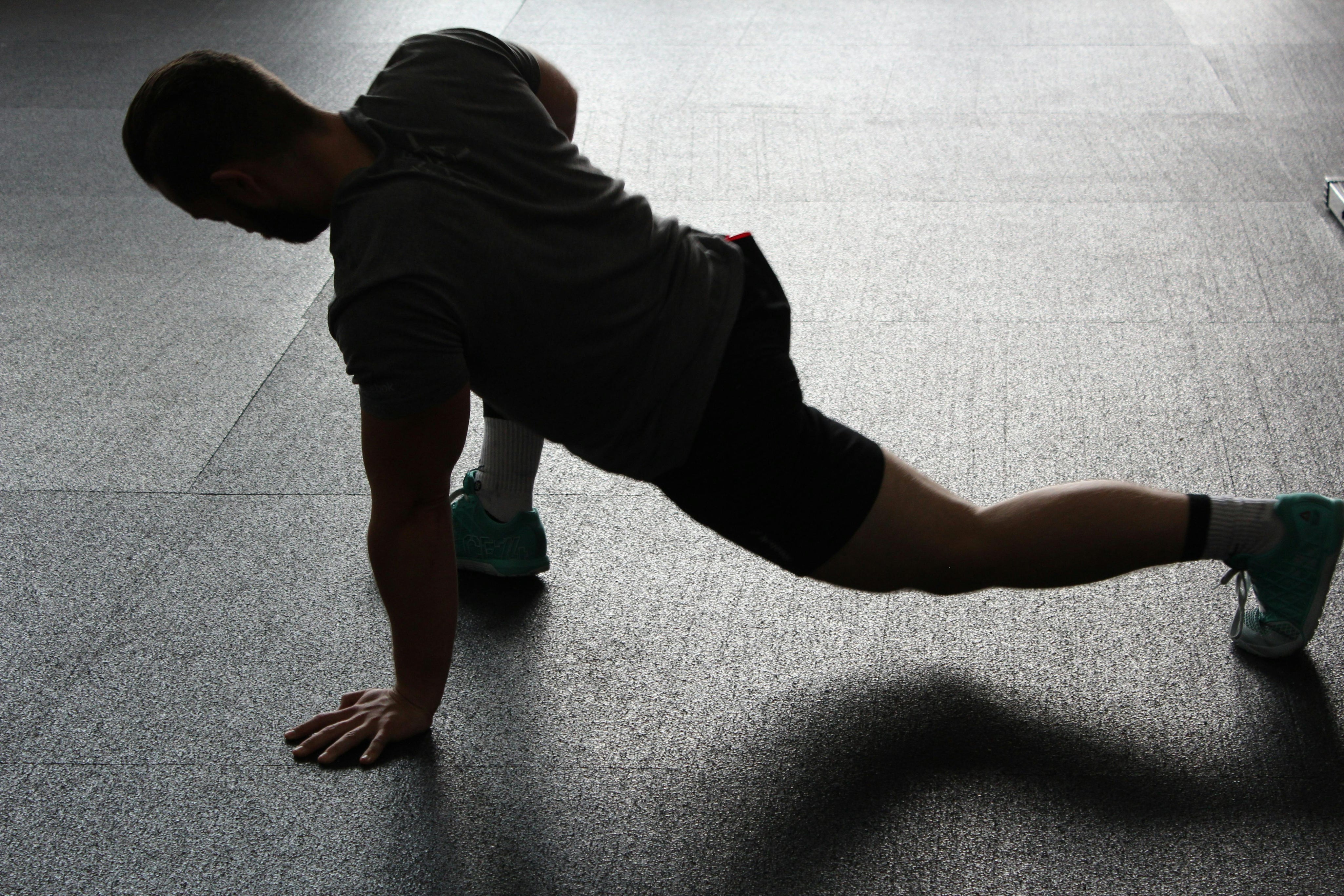Practical Tips for Staying Injury-Free

Practical Tips for Staying Injury-Free
Why Injury Prevention for Athletes Matters
Injuries can sideline even the best athletes, impacting performance and long-term health. With the right injury prevention strategies, you can reduce the risk of setbacks, recover effectively, and maintain peak performance throughout your training.
1. Warm-Up & Cool Down: Optimize Your Routine
Why It’s Important
Dynamic stretching before workouts primes your muscles, enhances flexibility, and improves circulation—key factors in reducing injuries. Post-workout static stretching aids recovery, alleviates tension, and reduces soreness.
What to Do
Before Training
- Perform dynamic stretches like arm circles, high knees, and walking lunges to activate key muscle groups.
- Dedicate 5–10 minutes targeting muscles you’ll use during workouts.
After Training
- Hold static stretches for 15–30 seconds each. Examples include hamstring stretches, calf stretches, and shoulder rolls.
- Breathe deeply to relax muscles and improve recovery.
2. Listen to Your Body: Prevent Overtraining
Why It’s Important
Overtraining leads to fatigue, increased injury risk, and reduced performance. Recognizing signs of fatigue and prioritizing rest ensures sustainable athletic performance and long-term health.
What to Do
Recognize Fatigue
- Look for signs like unusual tiredness, prolonged soreness, or decreased performance.
- Keep a workout log to monitor physical and mental health.
Schedule Rest Days
- Incorporate at least one full rest day weekly.
- Try active recovery exercises, like yoga or light walks, on low-intensity days.
- Focus on quality sleep and balanced nutrition for optimal recovery.
Consistency: The Key to Injury Prevention
Consistency in training and recovery is crucial for injury prevention. Whether you’re a professional athlete or fitness enthusiast, these tips will help you stay injury-free, improve recovery, and sustain high performance.






